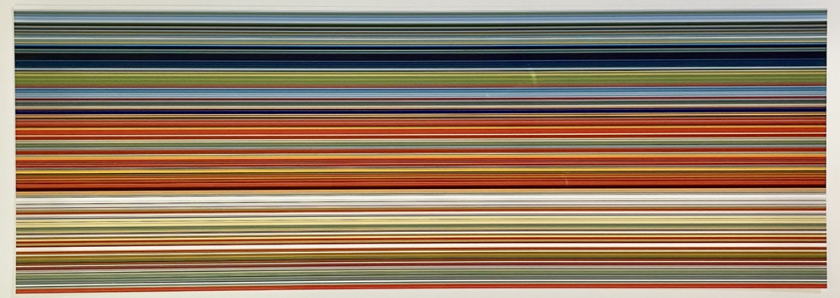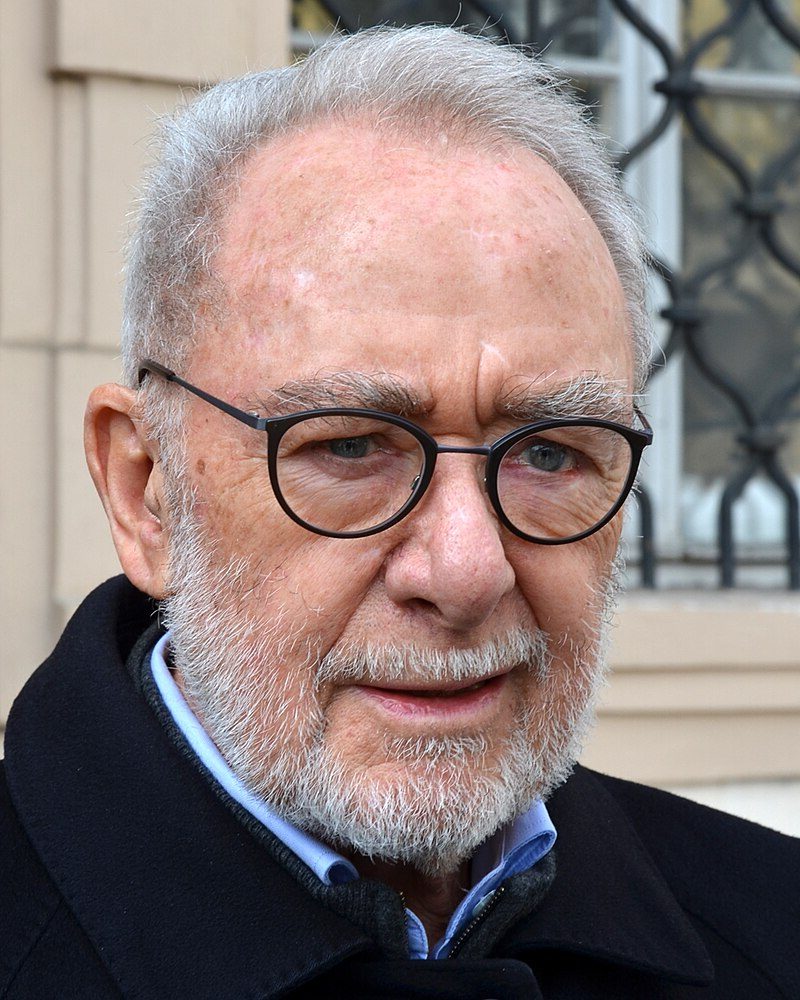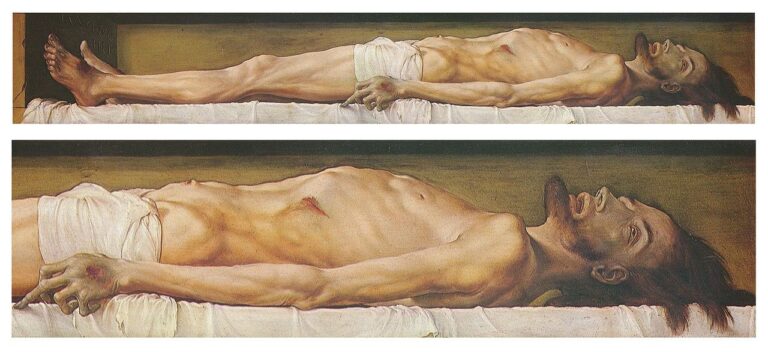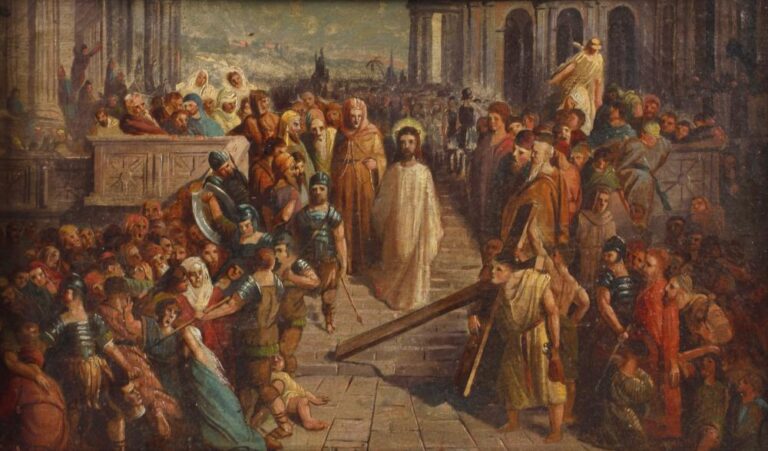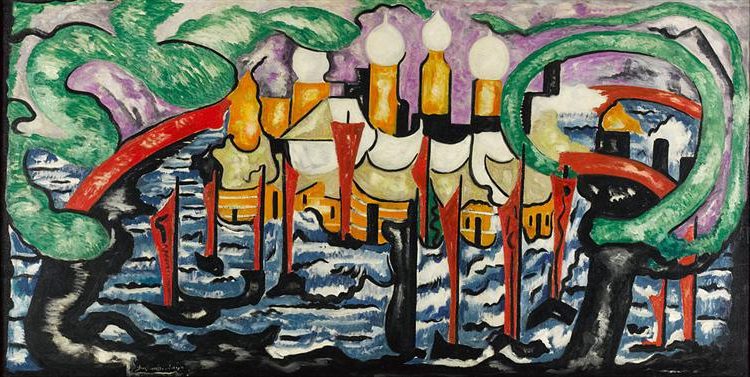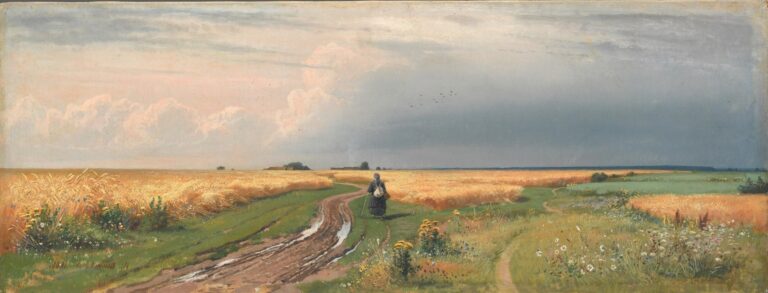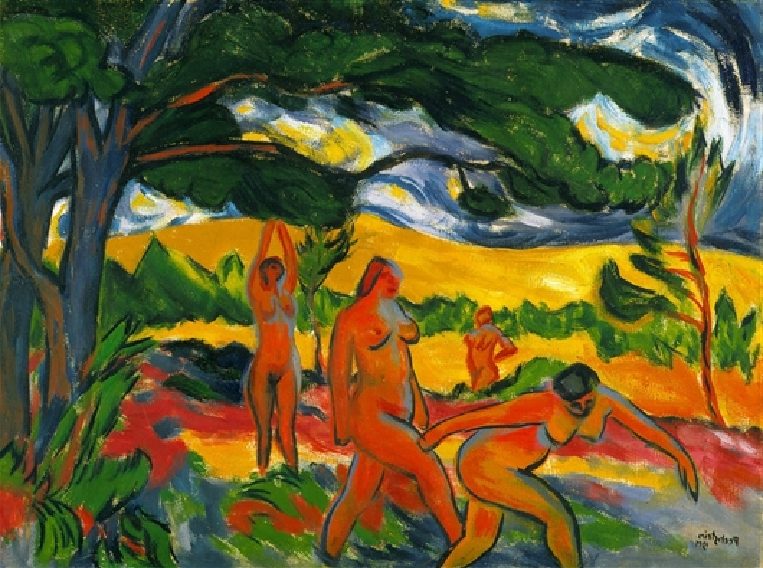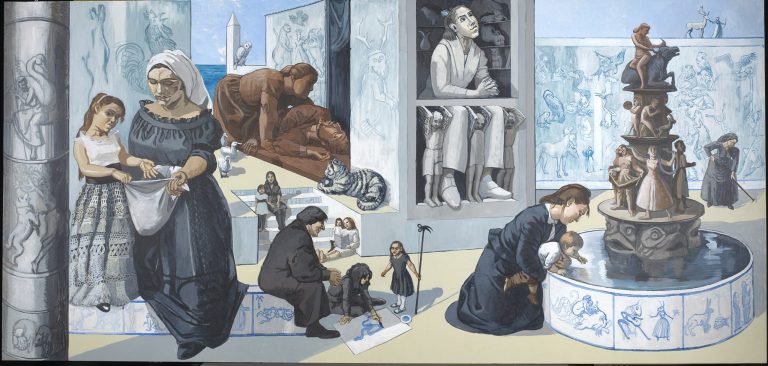Gerhard Richter Painter: A Master of Contemporary Visual Art
Born: 9 February 1932, Dresden, Germany
Art Movement: Abstract Art, Photo Realism, Conceptual Art, Capitalist Realism
Nationality: German
Teachers: Karl von Appen, Heinz Lohmar, and Will Grohmann
Institution: Dresden Art Academy, Kunstakademie Düsseldorf
Gerhard Richter Painter: A Master of Contemporary Visual Art
Early Life and Education
Gerhard Richter’s formative years were shaped by his birthplace in Dresden and his early artistic education in East Germany. His journey from a small-town upbringing to formal art training laid the foundation for his later success as one of the world’s most influential painters.
Origins in Dresden and Waltersdorf
Gerhard Richter was born on February 9, 1932, in Dresden, Germany. He was the first child of Horst and Hildegard Richter, who welcomed a daughter, Gisela, four years later. His early childhood unfolded against the backdrop of pre-war Germany and the subsequent upheaval of World War II.
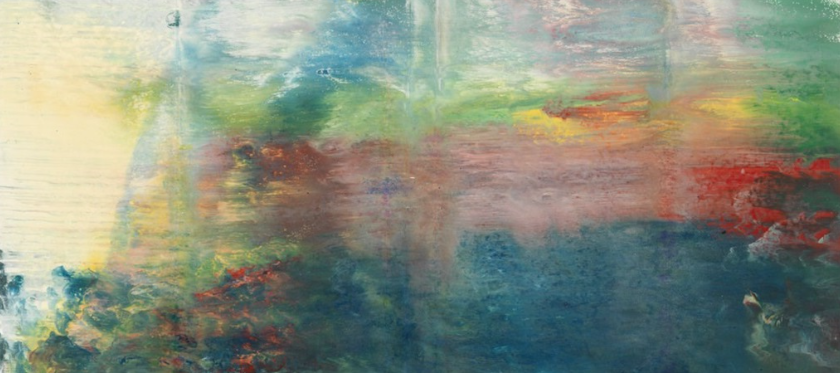
Eis (1973/1981), 1981, by Gerhard Richter
After the war, Richter’s family relocated to the rural town of Waltersdorf. In 1947, while still a teenager in nearby Zittau, he began taking his first evening classes in painting. These initial art lessons marked his earliest formal exposure to artistic techniques.
Richter was not initially planning to become a professional artist. These early classes were exploratory rather than career-focused, yet they planted seeds that would later flourish.
Studies at Hochschule für Bildende Künste Dresden
In 1952, Richter began his formal art education at the Hochschule für Bildende Künste Dresden (Dresden Academy of Fine Arts). This prestigious institution provided him with rigorous training in the artistic principles endorsed by the German Democratic Republic (GDR).
During his studies from 1952 to 1956, Richter was trained in the state-approved Social Realist style. This artistic approach emphasized idealized depictions of workers and the celebration of socialist values.
Richter excelled in this environment and became a successful Social Realist painter within the GDR system. However, his artistic vision would eventually expand beyond these constraints. In 1961, at age 29, Richter made the significant decision to escape East Germany for Düsseldorf, where he would continue his artistic development in West Germany.
Artistic Evolution and Techniques
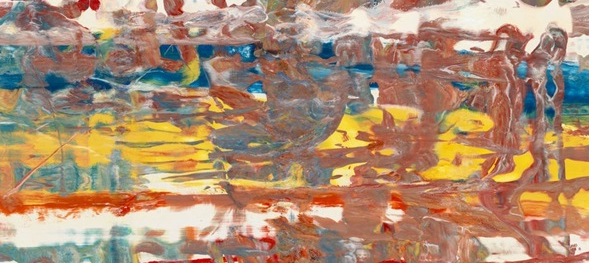
Eis (1973/1981), 1981, by Gerhard Richter
Gerhard Richter’s artistic journey spans decades of experimentation and innovation. His willingness to explore different styles and techniques has established him as one of the most versatile and influential artists of the contemporary era.
Transition from Socialist Realism to Abstract Art
Richter’s early artistic training took place in East Germany, where Socialist Realism was the dominant style. This formal approach emphasized idealized depictions of workers and society. After fleeing to West Germany in 1961, Richter encountered new artistic movements that changed his direction.
In the West, he studied under Karl Otto Götz, an influential abstract painter. This exposure helped Richter break free from his rigid training. By the mid-1960s, he began experimenting with abstraction alongside his representational work.
Richter refused to commit to a single style, which became a defining characteristic of his career. He moved between realism and abstraction with remarkable fluidity, often working in both styles simultaneously.
Development of Photo-Painting
In the early 1960s, Richter pioneered what became known as “photo-painting.” This technique involved projecting photographs onto canvas and painting them with precise brushwork. The finished paintings appeared slightly blurred, as if photographed while moving.
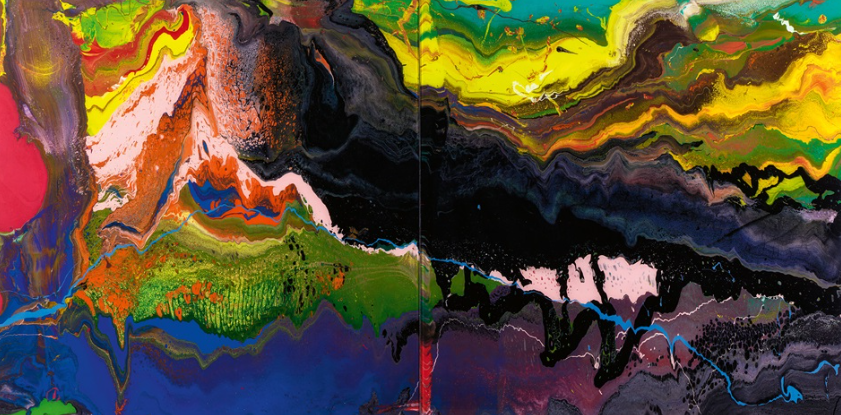
Flow (P16), 2016, by Gerhard Richter
These works challenged traditional distinctions between painting and photography. Richter selected source material ranging from family snapshots to magazine clippings and newspaper photos.
Notable examples include his “October 18, 1977” series, based on photographs of members of the Baader-Meinhof Group. The blurring effect created emotional distance while preserving the documentary nature of the original photographs.
This technique allowed Richter to explore memory, history, and representation simultaneously. His photo-paintings questioned the reliability of both photographic truth and painted interpretation.
Innovation with Squeegee and Texture
By the 1980s, Richter developed his revolutionary squeegee technique for abstract paintings. He applied multiple layers of paint to the canvas, then dragged a large squeegee across the surface to create unexpected textures and color combinations.
This process introduced an element of chance into his work. Richter couldn’t fully control the final result, creating a balance between intention and accident. The squeegee created dynamic striations and rich textures impossible to achieve with brushes alone.
These abstract works featured vibrant colors overlapping in complex patterns. The multiple layers of paint created depth and movement across the canvas.
Richter often photographed various stages of these paintings, documenting his process. This meticulous approach shows his continued interest in the relationship between painting and photography, even in his most abstract work.
Impact and Recognition
Gerhard Richter’s influence on contemporary art extends far beyond his native Germany. His versatile approach to painting and his ability to move between abstraction and photorealism have earned him global acclaim.
Participation in Documenta and Venice Biennale
Richter’s presence at major international exhibitions solidified his standing in the art world. He participated in Documenta 5 in 1972, which marked a turning point in his career. This exhibition showcased his photo paintings and introduced his work to a broader international audience.
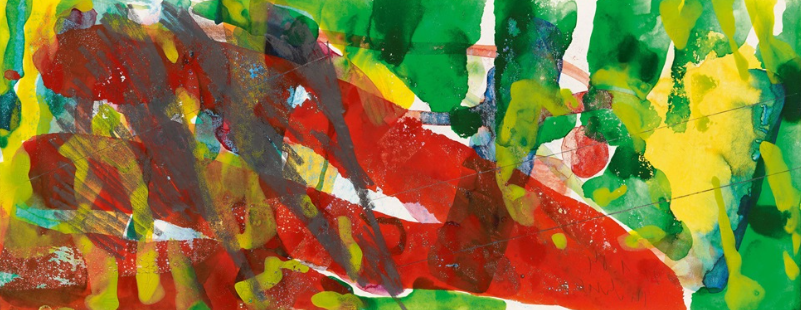
L 8 (22.1.84), 1984, by Gerhard Richter
At Documenta 7 in 1982, Richter presented his abstract works, demonstrating his artistic evolution and versatility. These large-scale canvases with their bold use of color made a significant impact on visitors and critics alike.
The Venice Biennale featured Richter’s work multiple times, most notably in 1972 and 1997. His participation in these prestigious events helped establish him as one of the most important artists of his generation.
Influence on Contemporary Art and Critical Reception
Richter’s methodical approach to painting has influenced countless artists working today. His blur technique, seen in his photo-based paintings, created a new visual language that challenged the relationship between photography and painting.
Critics have praised Richter’s ability to move between styles. His Gray Paintings from the 1970s are considered a profound meditation on painting itself, while his colorful abstract works demonstrate his mastery of color theory.
Many artists cite Richter as a key influence, particularly in his questioning of image-making in the age of mechanical reproduction. His work is often compared to Duchamp’s in terms of its philosophical approach to art.
Legacy in Art Auctions and Museums
Richter’s paintings consistently achieve record prices at auctions. In 2015, his abstract painting “Abstraktes Bild” sold for $44.52 million, making it one of the most expensive works by a living artist at that time.
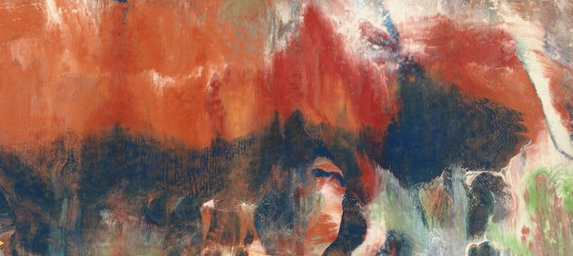
Eis (1973/1981), 1981, by Gerhard Richter
Major museums worldwide house Richter’s works. The Museum of Modern Art in New York holds several key pieces, including landscapes, portraits, and abstract paintings that span his career.
His stained glass window for the Cologne Cathedral (2007) demonstrates his impact beyond traditional canvas work. This commission shows how his artistic vision has transcended the gallery space into sacred architecture.
His still lifes and portraits are sought after by private collectors and institutions alike, making him one of the most financially successful living artists.
Frequently Asked Questions
Richter’s diverse body of work spans multiple styles and techniques that have captivated art enthusiasts worldwide. His innovative approaches to painting have raised questions about his methods, influences, and artistic philosophy.
What distinguishes Gerhard Richter’s photo paintings from his other styles?
Richter’s photo paintings stand out through their distinctive blur effect that mimics photography’s imperfections. He creates these works by projecting photographs onto canvas and painting them with remarkable precision.
The blur technique serves as Richter’s commentary on the relationship between painting and photography, suggesting that neither medium captures complete reality. These works often feature everyday scenes, portraits, or historical moments rendered in muted grayscale tones.
Unlike his abstract works, photo paintings maintain recognizable subjects while questioning perception through their deliberately unfocused appearance.
How has Gerhard Richter’s technique influenced the photorealism movement?
Richter’s approach differs significantly from traditional photorealism by emphasizing painting’s limitations rather than attempting perfect replication. His blurred aesthetic challenged artists to consider the conceptual space between photography and painting.
Many contemporary painters have adopted aspects of Richter’s technique while exploring their own relationship with photographic source material. His willingness to question medium boundaries opened new possibilities within representational painting.
The tension between mechanical reproduction and handcrafted art visible in Richter’s work continues to inspire artists examining technology’s impact on visual culture.
What are the notable characteristics of Gerhard Richter’s abstract paintings?
Richter’s abstract works feature bold colors applied in layers using his signature squeegee technique. He drags large squeegees across wet paint, creating chance-based compositions with distinctive streaks and smears.
These paintings embrace randomness while maintaining careful color selection and application methods. The layered approach creates depth and complexity, with underlying colors occasionally revealed through scraped sections.
Many of his abstract works feature a striking balance between chaos and control, with paint simultaneously appearing both deliberate and accidental.
Can you name some of the most significant works in Gerter Richter’s career?
“Betty” (1988) stands as one of Richter’s most celebrated photo paintings, depicting his daughter turning away from the viewer. “October 18, 1977” series documents members of the Baader-Meinhof terrorist group in a haunting exploration of Germany’s political history.
“Abstraktes Bild” (1986) exemplifies his squeegee technique with vibrant colors and dynamic compositions. “Atlas” represents his ongoing archival project collecting photographs, clippings, and sketches that inform his artistic practice.
“Seascapes” series blurs the line between sky and water, creating meditative images that examine perception and representation.
What has contributed to the value of Gerhard Richter’s paintings in the art market?
Richter’s consistent innovation across multiple styles has established him as one of the most significant living artists. His technical mastery combined with conceptual depth appeals to collectors seeking both aesthetic beauty and intellectual substance.
Limited production output, especially as he aged, created scarcity that drove prices upward. His works regularly achieve record-breaking prices at auction, with some pieces selling for tens of millions of dollars.
Major museum exhibitions and critical acclaim throughout his long career have further cemented his market position and historical importance.
What prompted Gerhard Richter to retire from painting?
At 89 years old, Richter cited physical limitations as a primary reason for stepping back from painting. The physically demanding nature of his large-scale works became increasingly challenging with age.
In a 2021 interview, he expressed satisfaction with his body of work, suggesting he had accomplished what he set out to do. Richter once noted in a TIME interview that people won’t stop painting just as they won’t stop making music or dancing—though his personal journey with the medium reached its natural conclusion.

